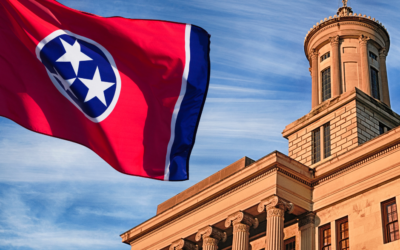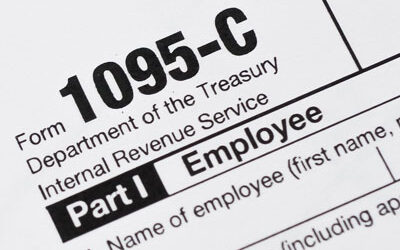Important changes have been made by the U.S. Small Business Administration (SBA) to Paycheck Protection Program (PPP) loans that now allow self-employed individuals who file Form 1040, Schedule C, to calculate their maximum loan amount using a gross income method (line 7 of Schedule C) or the original net profit method (line 31 of Schedule C).
[divider height=”30″ style=”default” line=”default” themecolor=”1″]
By Tommy Greer
There are specific calculation methods described in the SBA’s interim final rules. These new calculation methods are only allowable for Schedule C filers who have not already had their current loan application approved and they are not available to be applied retroactively.
This is significant for sole proprietors who, for example, took advantage of the tax laws to expense fixed asset purchases that normally would have been depreciated over multiple years and otherwise could have shown a net profit in the year of purchase.
An important item to note, a Schedule C filer that uses the gross income method to apply for a first-draw loan and reports more than $150,000 gross income on the Schedule C will not be able to claim the safe harbor where a borrower is deemed to automatically have made the statutorily required certification concerning the necessity of the loan request in good faith.
Borrowers may use their PPP proceeds to cover the following:
- Owner compensation (if net profit is used) or proprietor expenses (business expenses plus owner compensation if gross income used)
- Employee payroll costs
- Mortgage interest payments
- Business rent payments
- Business utility payments (for borrowers entitled to claim a deduction for such expenses on their 2019 or 2020 Schedule C, depending on which one was used to calculate the loan amount)
- Interest payments on any other debt incurred before Feb. 15, 2020 (these are not eligible for PPP loan forgiveness).
- To the extent the following items (as defined in Section 7A(a) of the Small Business Act) are deductible on Schedule C:
– Covered operations expenditures
– Covered property damage costs
– Covered supplier costs
– Covered worker protection expenditures
Besides the new PPP rules issued by the SBA, they also released an updated set of frequently asked questions and six updated or new application forms, as follows.
- Updated PPP borrower first-draw (Form 2483) and second-draw (Form 2483-SD) application forms.
- New PPP first-draw (Form 2483-C) and second-draw (Form 2483-SD-C) borrower application forms for Schedule C filers using gross income.
- A revised lender application form for PPP loan guaranty (Form 2484)
- A revised PPP second-draw lender application form (2484-SD)




